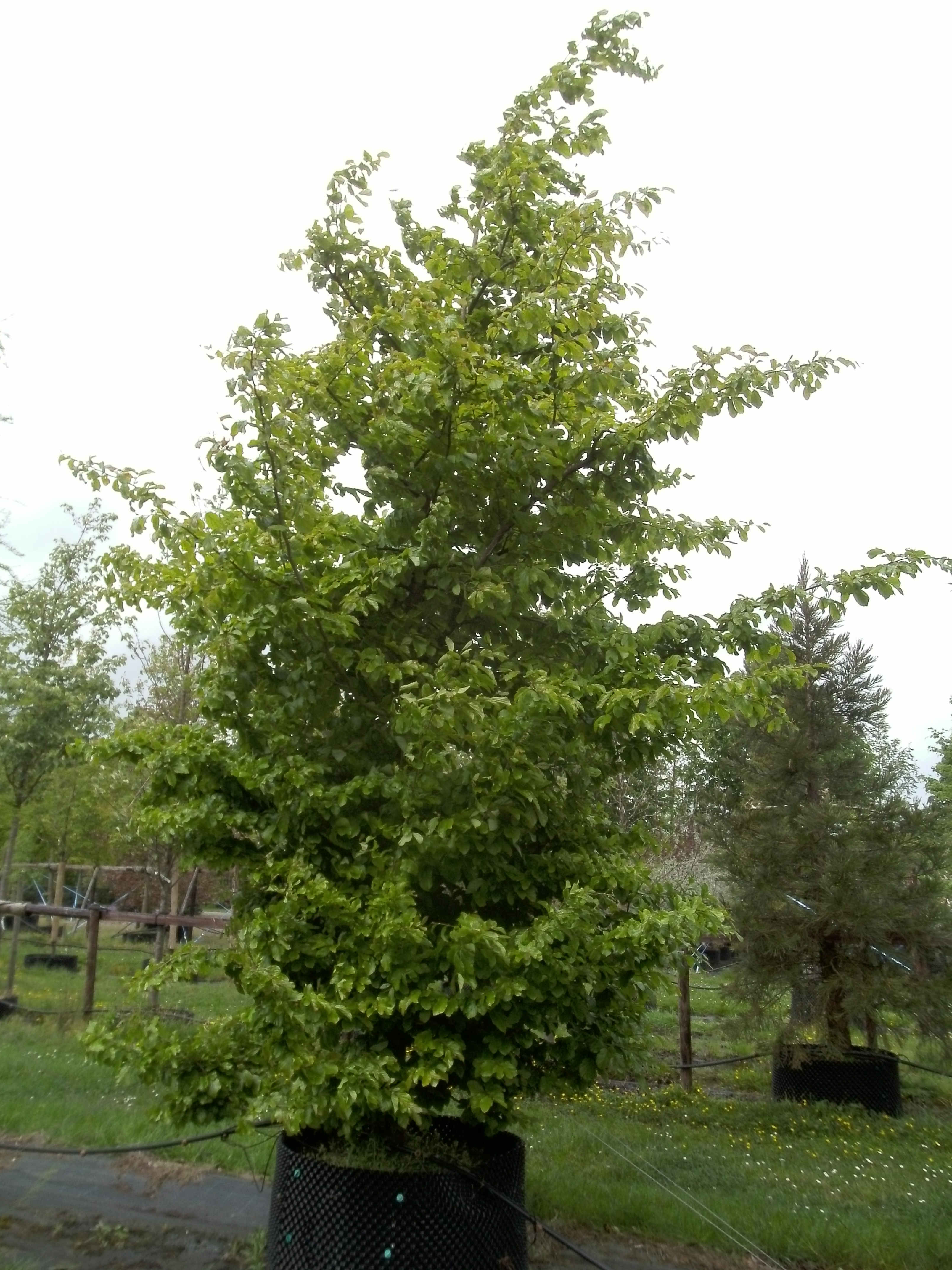
Parrotia persica 'Vanessa'
The Society of Municipal Arborists named Parrotia persica 'Vanessa', a narrow form, their pick for 2014 Urban Tree of the Year. It makes sense, after all, that a tree from Iran would be drought tolerant, but I found an interesting article from the Arnoldia by Robert Nicholson that described parrotia's native habitat in some depth, and it wasn't what I expected.

parrotia persica vanessa Guillot Bourne
Parrotia persica 'Vanessa' is a slow growing, moderate growing broadleaf deciduous tree with green foliage and red flowers in spring and winter. It can grow 10 FT - 15 FT - wide, 15 FT - 40 FT - tall. Drought tolerant once established. Adaptable to various soil conditions. Grows best in well-drained, rich and average soil. #columnar, #peeling.
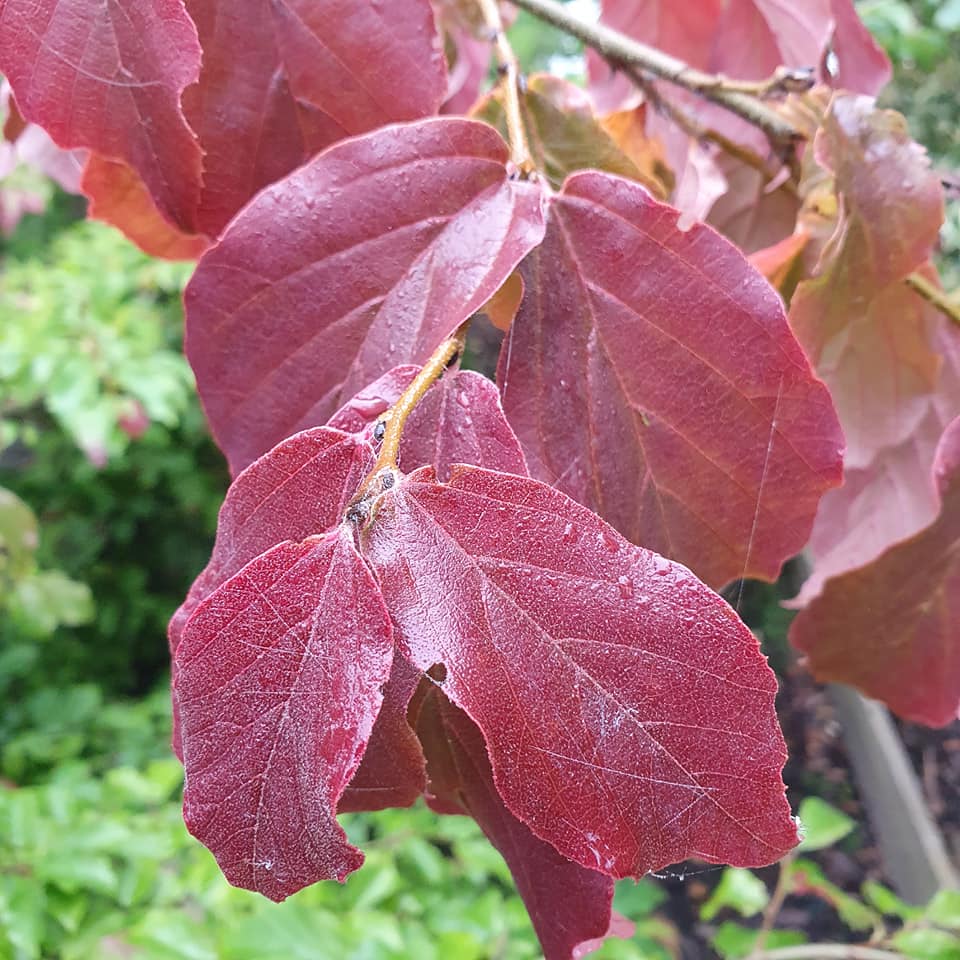
Parrotia persica Vanessa Persian Ironwood
Parrotia persica 'Vanessa' Vanessa Persian Parrotia. Family: Hamamelidaceae (Witch-hazel Family) 17; Genus:. Vanessa is a cultivar that has a distinctly upright or columnar habit. One of the best trees for foliage and bark effect. Very adaptable, tolerating drought, various soils, heat, cold, etc. Prefers full sun but tolerates light shade..
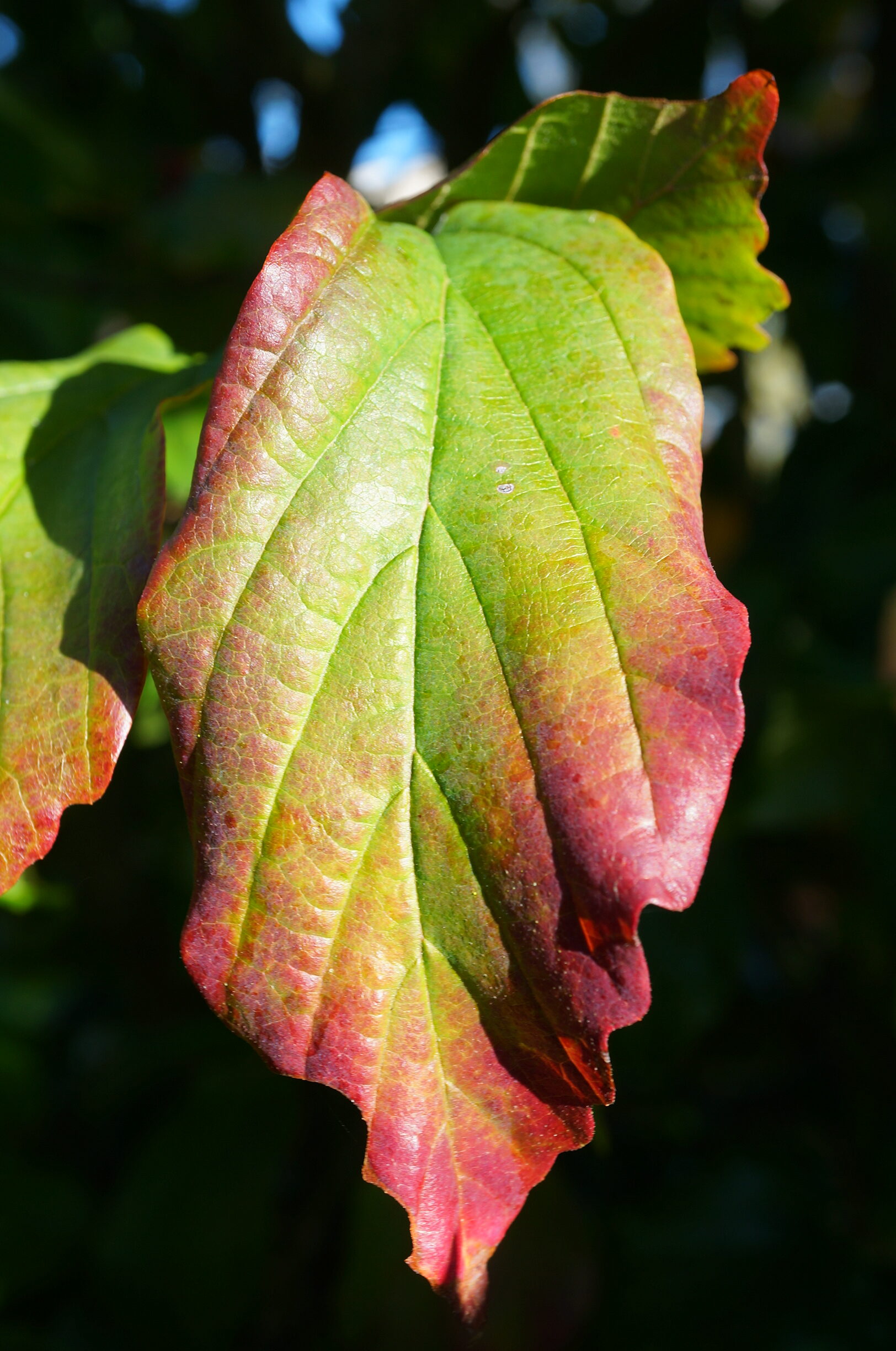
Parrotia persica 'Vanessa' / Parrotie de Perse Arboreus
Vanessa Parrotia will grow to be about 15 feet tall at maturity, with a spread of 8 feet. It has a low canopy, and is suitable for planting under power lines. It grows at a slow rate, and under ideal conditions can be expected to live for 60 years or more.

Parrotia persica Persian ironwood Van den Berk Nurseries
Parrotia persica 'Vanessa' has arching branches and a more upright, narrow habit than the classic Parrotia persica and grows to be an eye-catching, small garden tree. Vanessa is a genus of butterflies which includes Vanessa atlanta, the Red Admiral and Vanessa cardui, the Painted Lady. It is after these colourful butterflies that this cultivar.
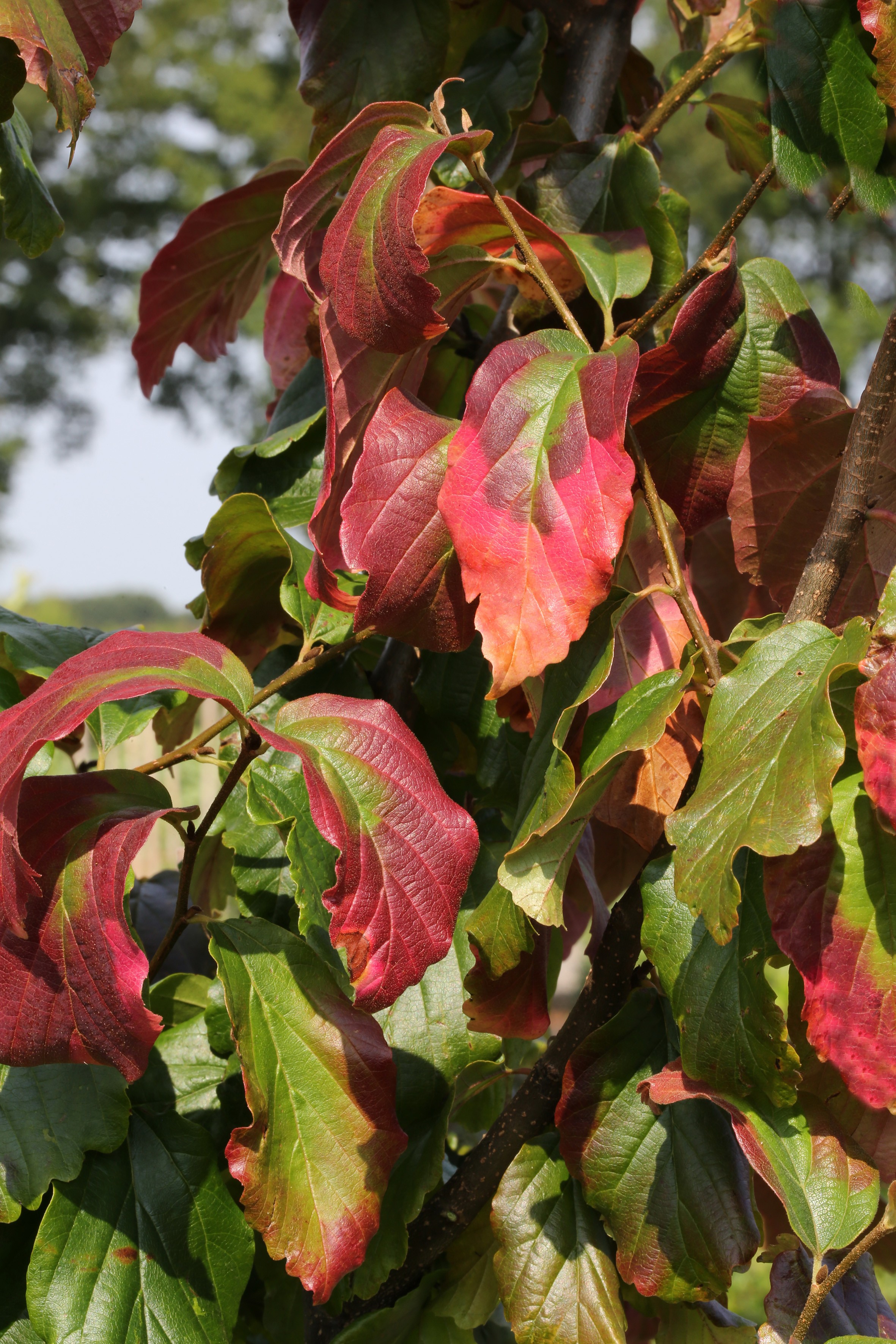
Parrotia persica 'Vanessa' BCM Baumschule Christoph Marken
The genus name, Parrotia, is in honor of a German naturalist, F.W. Parrot. The specific epithet, persica, means Persian. The Persian Ironwood prefers full sun, and moist, well-drained, loamy, acidic soils. It will tolerate light shade and is adaptable to many soil types such as clay and sand. It is drought-tolerant and urban pollution tolerant.
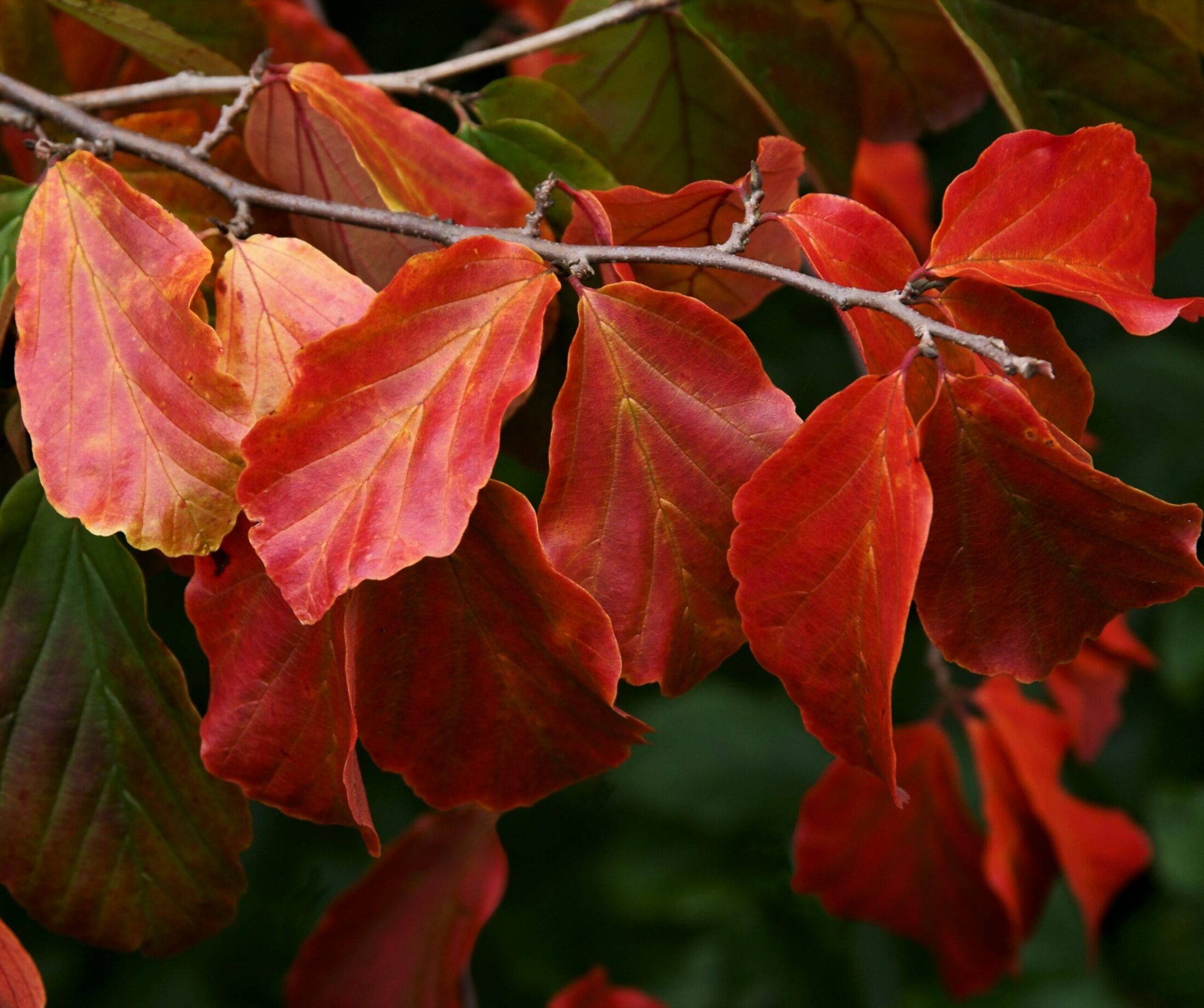
Buy Parrotia persica 'Vanessa' Tree Hillier Trees
Parrotia persica, the Persian ironwood, is a deciduous tree in the family Hamamelidaceae, closely related to the witch-hazel genus Hamamelis.. 'Vanessa': Upright, columnar habit 'Vanessa' has gained the Royal Horticultural Society's Award of Garden Merit. Gallery. February Flowers.
Parrotia persica 'Vanessa' The Site Gardener
Ruby Vase® Persian ironwood (Parrotia persica 'Inge's Ruby Vase'): A cultivar with a narrow-upright form, reaching 30 feet high by 15 feet wide. New leaves emerge red and fall color is orange-red. Vanessa Persian ironwood (Parrotia persica 'Vanessa'): This vase-shaped cultivar is 30 feet high by 15 feet wide with an orange-red fall.

Parrotia Persica ‘Vanessa’ Caragh Nurseries
Variety or Cultivar. 'Vanessa' is a compact, upright, columnar, deciduous trees with glossy, obovate, dark green leaves, bronze-red at the margins when young and red, orange, and purple in autumn. Small red flowers bloom on bare branches in late winter and early spring.

Parrotia persica Vanessa Bomentuin, Tuin, Kleine bomen
Parrotia persica 'Vanessa' is a versatile, attractive, and relatively low-maintenance tree that offers year-round interest, making it a valuable addition to diverse landscapes. How to Grow and Care for Persian Ironwood. Light: Parrotia persica thrives in full sun to light shade. A sunny spot will help produce the most vibrant fall colors.
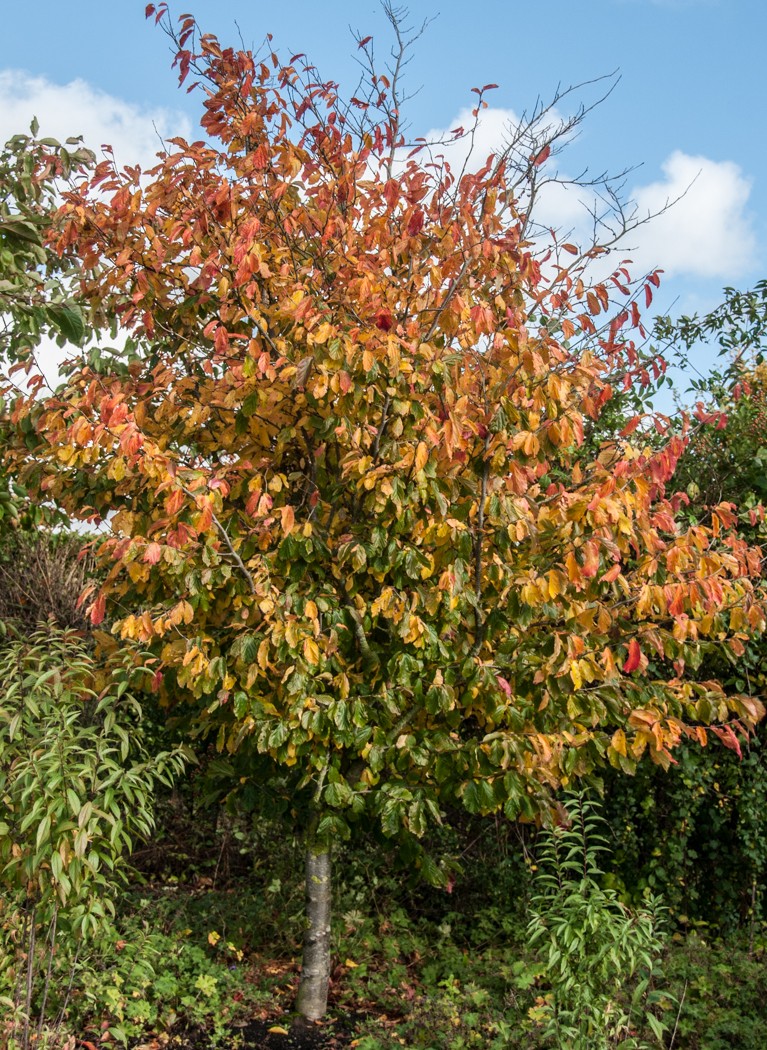
Parrotia persica 'Vanessa' Frank P Matthews
Parrotia persica is native to Iran and the cultivar 'Vanessa' produces a regular shaped broadly pyramidal tree at maturity. It is a reliable tree which will thrive on most soils, including chalk. Despite being small in stature, this tree is perfect for planting as a feature tree in gardens and parklands and will produce a reliable display of a spectrum of colour in the autumn each year.
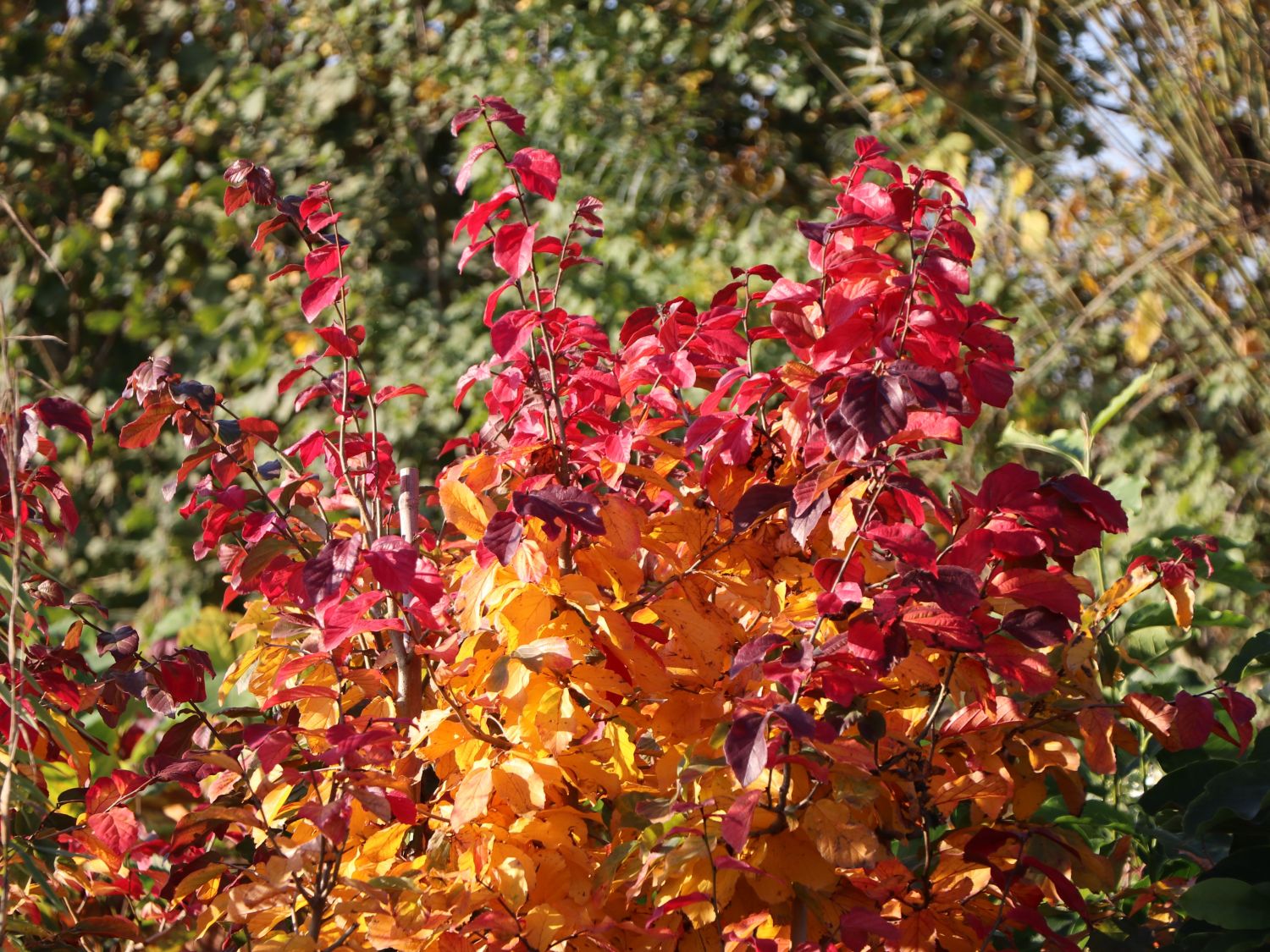
Eisenbaum 'Vanessa' Parrotia persica 'Vanessa' Baumschule Horstmann
Parrotia 'Vanessa' has multi-season appeal, starting in winter and spring when attractive mottled bark is offset by small red spidery flowers. The oval shaped foliage emerges in spring with burgundy edges to the scalloped leaves. By summer the foliage is a bright green, taking on stunning shades of red, purple, orange and gold in fall.

Parrotia persica 'Vanessa' Parrotia persica 'Vanessa' Van den Berk
Or cultivors of 'Ruby Vase', 'Vanessa' and 'Persian Spire' Parrotia persica The Parrotia, or Persian Ironwood, is a curious and under-utilized tree that deserves much more attention. One reason for this limited use may be its rather challenging structure. Irregular limb location and development make it difficult to train and grow as a tree.

Parrotia persica 'Vanessa' Tuin bomen, Bomentuin, Daktuinen
Parrotia persica 'Vanessa' Description: An upright form of the species that is quite durable. From its exfoliating gray and tan bark to its remarkable kaleidoscope of leaf color, this tree provides beauty all year long. Power Line Approved: Yes. Min. street tree planting width: 5 feet. Mature Height: 25-30 feet. Mature Spread: 15-20 feet. Tree.

Parrotia Persica Vanessa Parrotia Persica Vanessa Leaves
Persian ironwood 'Vanessa'. A small, upright tree with attractive, flaking bark and small red flowers on bare stems in late winter and early spring. The young foliage is red and bronze turning green for summer then producing spectacular autumn colour with shades of red, orange and purple.

Deciduous Ornamental & Shade Parrotia p. Vanessa Urban Tree Farm
Noteworthy Characteristics. Parrotia persica, commonly called Persian ironwood, is a small to medium sized, single trunk, deciduous tree eventually growing 20-40' tall (but typically 10' after 7-8 years) or a large, multi-stemmed shrub growing to 15' tall.Apetalous flowers with dense, red stamens surrounded by brownish bracts appear in late winter to early spring before the foliage.